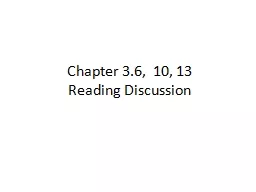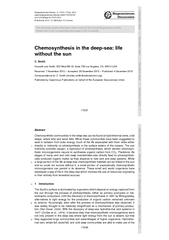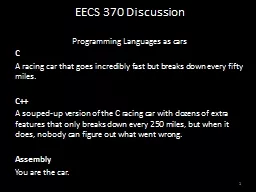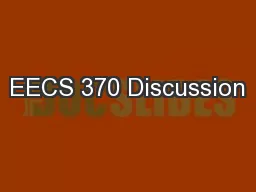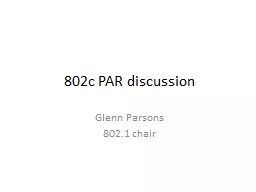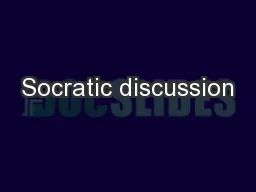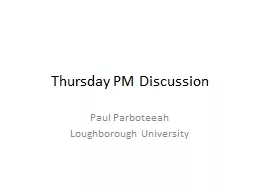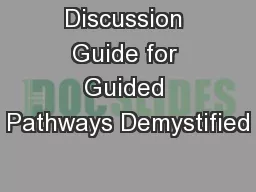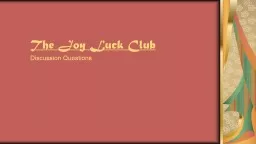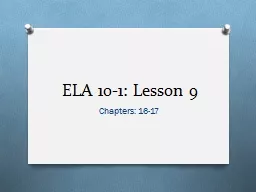PPT-Chapter 3.6, 10, 13 Reading Discussion
Author : jane-oiler | Published Date : 2018-03-23
Functional languages Work in small groups Dont look at the text or your notes List as many functional languages as you can recall For each language list some features
Presentation Embed Code
Download Presentation
Download Presentation The PPT/PDF document "Chapter 3.6, 10, 13 Reading Discussion" is the property of its rightful owner. Permission is granted to download and print the materials on this website for personal, non-commercial use only, and to display it on your personal computer provided you do not modify the materials and that you retain all copyright notices contained in the materials. By downloading content from our website, you accept the terms of this agreement.
Chapter 3.6, 10, 13 Reading Discussion: Transcript
Download Rules Of Document
"Chapter 3.6, 10, 13 Reading Discussion"The content belongs to its owner. You may download and print it for personal use, without modification, and keep all copyright notices. By downloading, you agree to these terms.
Related Documents

